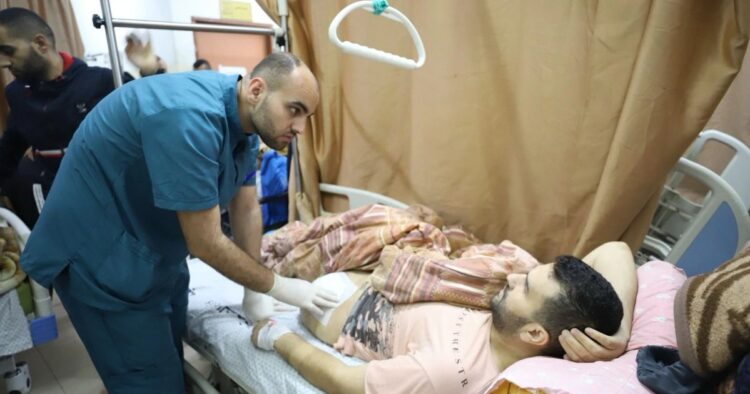The head of the World Health Organization (WHO), Tedros Adhanom Ghebreyesus, expressed deep worry on Friday about the escalating risk of infectious diseases in the Gaza Strip. The region has seen significant displacement of people due to the ongoing conflict, with families forced to move multiple times and many seeking shelter in overcrowded health facilities.
Humanitarian Crisis in the Wake of Recent Attacks
The situation worsened after an October 7 attack that resulted in approximately 1,140 casualties, mostly civilians. Israel, in response, has pledged to eliminate Hamas, designated a “terrorist” group by the United States and the European Union. The conflict has left over 21,320 people dead, predominantly women and children, according to the health ministry in Hamas-ruled Gaza.
Health Impact on Displaced Populations
Since mid-October to mid-December, individuals living in shelters have been falling ill. Upper respiratory infections have affected nearly 180,000 people, with 136,400 cases of diarrhea recorded, half of which are among children under the age of five. Additionally, there have been 55,400 cases of lice and scabies, 5,330 cases of chickenpox, and 42,700 cases of skin rash, including 4,722 cases of impetigo.
WHO’s Response and Efforts to Mitigate Health Risks
Tedros emphasized that WHO and its partners are working tirelessly to support health authorities in increasing disease surveillance and control. Efforts include supplying medicines and testing kits for prompt detection and response to infectious diseases like hepatitis. The organization is also working to improve access to safe water, food, and hygiene and sanitation services in the affected areas. Despite the challenging circumstances, the commitment remains to address the health crisis and alleviate the suffering of those in need.

















Comments